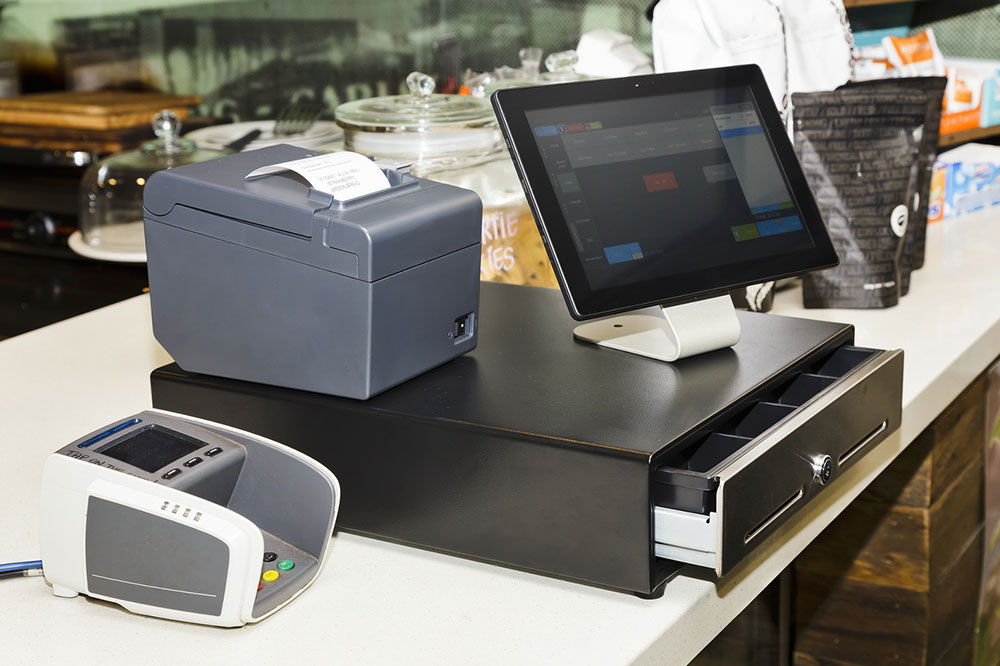4 features that make the best POS systems
“Point Of Sale” or POS systems are widely used by retail stores and e-commerce websites to track sales. The development of POS systems made cash registers, the need for sales processing, and the transfer of accounts and stock lists obsolete. The best thing about these systems is they can be easily integrated with other applications such as ERP (Enterprise Resource Planning) and warehouse systems. Here are five features that make the best POS systems.

- Cloud backup
In the event of hardware failure or application malfunction, one cannot afford to lose all their sales data, stock inventory, and account-related information. Hence, a POS system should be web-based, and its information should be stored in the cloud to make it accessible anywhere and anytime. Cloud POS is usually maintained at data centers managed by the POS provider. - Sales tracking
Sales reporting and monitoring is one of the most important features of any POS systems. The feature should be robust enough to generate sales reports on a yearly, monthly, weekly, daily, and even hourly basis. This can help you understand the peaks and falls of your sales and adjust your business strategy accordingly. It helps you track your stock by monitoring your sales in case a particular product has been ordered by maximum customers.
- Customer-friendly user interface
Customer satisfaction is the top priority of any retail or e-commerce store. Having a customer-friendly user interface can help get more customers and generate higher sales. A transparent transaction and billing process helps customers check for errors in the virtual shopping cart before paying the bill. The best POS systems should allow one to create variants of the same product. For instance, it should be able to show the different colors of the same shirt.
- Employee management
There is a general notion that POS systems are only customer-centric. However, the best POS systems have employee management to track individual employee’s sales record, performance, and manage staffing levels. It should also be able to track employee activity by linking with each transaction, thereby bifurcating good and weak performers.